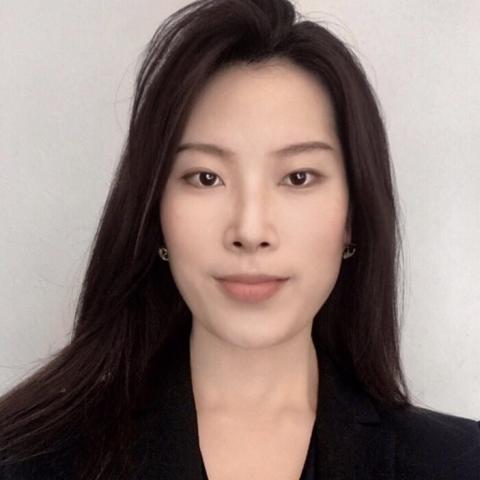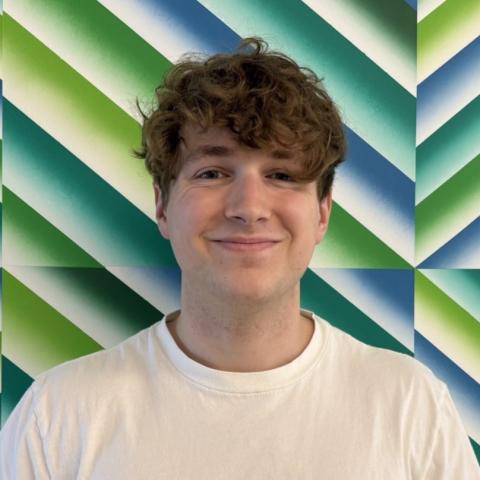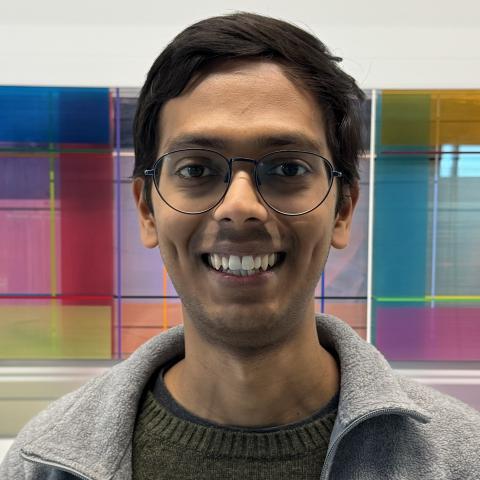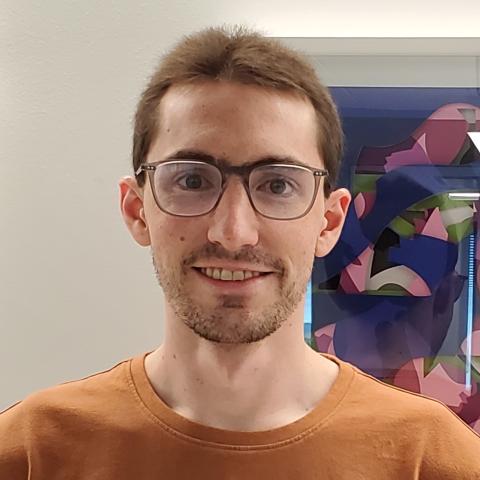
Shu Kang, PhD
Shu Kang, a biomedical engineering Ph.D., specializes in electrophysiological signal processing and multi-modality research data investigation. She works with Dr. Zaman on the early detection of multiple circulating cancer cells. Her research areas also include severity stratification and neurodevelopmental prediction in newborns with Hypoxic-Ischemic Encephalopathy (HIE), investigating the modulation effects of prefrontal transcranial photobiomodulation (tPBM) on neurophysiological networks, and studying spinal cord and dorsal root ganglion (DRG) stimulation for chronic pain management.
In her free time, Dr. Kang loves to travel, hike in forests, and attend concerts with family and friends.
You may reach Shu via email: Email

Micah Keown
Micah is an undergraduate biomedical engineering student at UT Dallas (BS '27), with minors in computer science and software engineering. He is currently specializing in developing animal models of myocardial ischemia in Dr. Zaman’s lab. His research at UT Dallas focuses on engineering light-activatable nanoparticles to enhance the efficacy of cancer treatments. During a previous summer internship at UT MD Anderson Cancer Center, he characterized patient-derived antibodies to evaluate their impact on immunotherapy outcomes. He is a National Merit Scholar and a founding officer of the UTD Biotech Club.
In his free time, Micah likes weightlifting, playing violin, and visiting Torchy’s Tacos.
You can reach Micah via email or LinkedIn: Email LinkedIn

Mohit Gupta, BSEE
Mohit is a current MD/MPH candidate at UTSW. He graduated from the University of Texas at Austin with a BS in Electrical Engineering, concentrating in Computer Architecture and Embedded Systems, and a BSA in Biochemistry. As an undergraduate, he worked as a software engineering intern at Fujitsu Network Communications and Qualcomm and completed an internship as a Summer Business Analyst at McKinsey & Company. After graduating, Mohit worked as an Associate Consultant at Boston Consulting Group in Dallas for 1 year prior to matriculating at UTSW.
In his free time, Mohit enjoys cooking, reading, traveling, spending time outdoors, and playing the piano.
You may reach Mohit via email: Email

Ian Zurutuza, MS, BS
Ian earned both his Master's and Bachelor's in biomedical engineering from the University of North Texas, graduating with his Master's in Fall 2021. During his senior design project, he prototyped a device to estimate heart rate in real time from a live video stream. Starting in graduate school, he worked as a teaching assistant where he led the lab portions of biomedical data acquisition and electronics instrumentation courses instructing students in basic circuit design and troubleshooting. After a year of teaching, he joined a team at UNT’s Health Science Center as a research assistant. This group’s goal was to quantify the difference in visuomotor integration between autism spectrum disorder and typically developing populations. As a part of this team, he developed a post-processing pipeline to integrate eye-tracking glasses into an existing virtual-reality and motion-capture recording lab transforming the 2D pixel gaze position recorded by the eye-tracking glasses into a 3D gaze vector.
When he is not at work, you can find him running, at the climbing gym, or cooking.
You may reach Ian via email: Email
Zane Akers
Zane Akers was the first-year electrical engineering student from Texas A&M University.